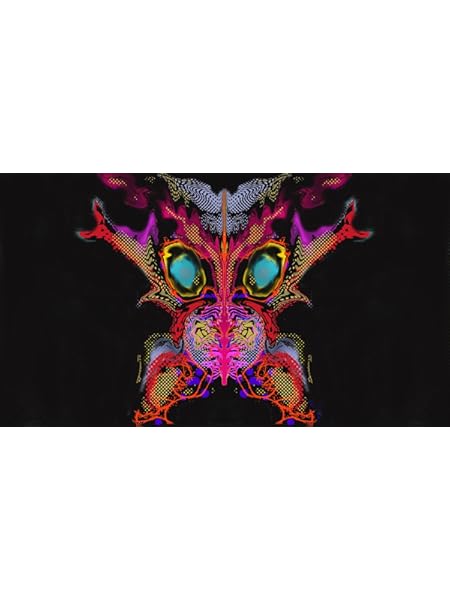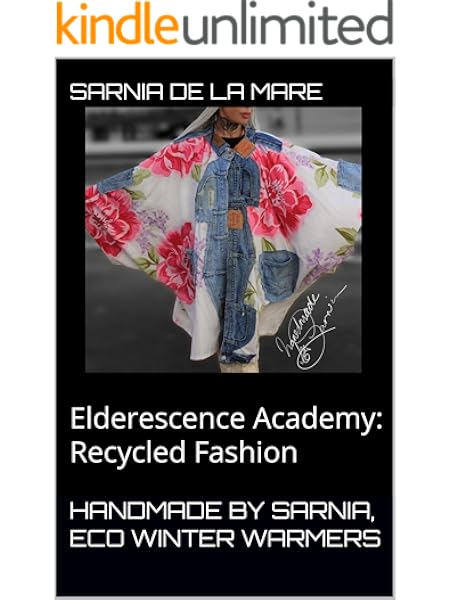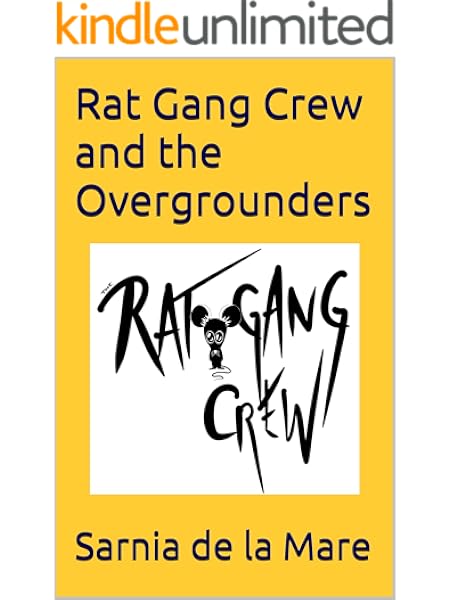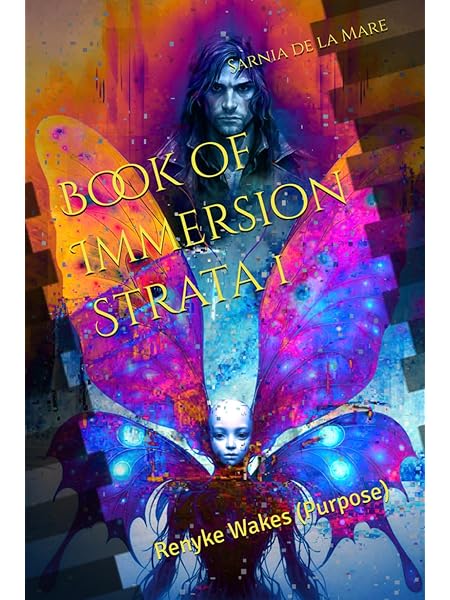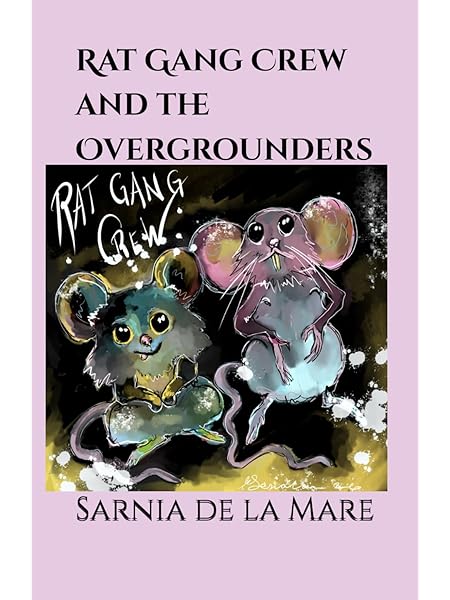Chapter Two: London Calling
If New York was a dirty prayer, London was the reply — shouted through a ripped speaker and a mouth full of safety pins. By the mid-seventies, Britain was broke, bored, and spoiling for a fight. You could smell revolution on the bus queues and in the dole offices. The youth didn’t just want music; they wanted a detonator.
Into this walked the women of British punk — armed with sneers, art-school intellect, and a taste for self-destruction that doubled as self-invention. Poly Styrene, Siouxsie Sioux, Gaye Advert — they weren’t echoing New York’s noise so much as localising it. They took the downtown poetry and made it spit with a London accent.
Where Manhattan had art galleries and amphetamines, Britain had bin strikes and boredom. Punk here was uglier, funnier, and more political. The girls didn’t need to look pretty — they looked like a warning.
In London, fashion wasn’t decoration — it was a declaration of war. The women of punk wore their politics on their sleeves, quite literally, held together with safety pins and sarcasm. What New York had treated as style, Britain turned into armour.
Vivienne Westwood’s Sex boutique became ground zero for the new aesthetic — bondage trousers, razor-blade necklaces, and slogan tees that could get you arrested. Siouxsie Sioux made panda eyes dangerous, Poly Styrene made braces beautiful, and Jordan from Seditionaries walked the King’s Road like a living warning label.
For women, these clothes were not about pleasing anyone. They were about taking up visual space that had always been denied to them. Punk’s female icons understood the power of ugliness — how to weaponise it, romanticise it, and laugh through it. They didn’t want to be beautiful; they wanted to be unforgettable.
This wasn’t rebellion for the cameras; it was rebellion because there was nothing left to lose. A nation on the brink bred a generation who found glamour in rubble. London’s girls made chaos couture — and somehow, the world copied their look before understanding their rage.
Sisterhood was never simple in punk. It came with sharp edges and cigarette burns. The women who tore up London’s stages didn’t gather around campfires to sing about unity — they shouted over each other in dressing rooms that smelled of hairspray and nerves. But beneath the chaos, there was a current of shared purpose: a refusal to be told how to behave, even by each other.
Poly Styrene spoke about equality with a laugh that made the word sound suspiciously tidy. Siouxsie Sioux dismissed labels altogether, declaring herself “beyond feminism,” while still embodying its rawest instincts. Ari Up of The Slits called her band “a tribe,” and that was exactly what it felt like — messy, primal, self-taught, and gloriously ungoverned.
The feminist movement at large didn’t quite know what to make of them. Too brash, too sexual, too unserious. But punk feminism didn’t need permission from the universities or the marches — it existed in the sweat of the gig, in the ink of the fanzine, in the way a girl could get on stage with nothing but nerve and be louder than the boys.
These women didn’t write manifestos; they were the manifesto. Their solidarity was imperfect but electric — more survival pact than sisterhood circle. And in the smog of Thatcher’s Britain, that was revolution enough.
London’s punk women didn’t just shake Britain — they set off tremors that cracked the cultural pavement worldwide. The Slits toured Europe like missionaries of beautiful anarchy, their ripped dresses and bare feet scandalising television hosts from Paris to Stockholm. Siouxsie Sioux became an international icon of postmodern femininity — part dominatrix, part deity. Poly Styrene sang about consumerism before the art schools caught on.
What began in the backrooms of Soho became a global movement of misfits. From Berlin’s squats to Tokyo’s basement gigs, girls picked up guitars and zines, found their own voices, and made glorious noise. They didn’t need visas for rebellion; distortion travelled faster than customs could stop it.
Even as punk splintered into post-punk, new wave, and goth, the women kept reinventing themselves, proving that attitude could outlive any genre. They didn’t wait to be written into history — they wrote it in lipstick and permanent marker.
The irony, of course, is that decades later, the same industry that sneered at them sells their image on t-shirts. But maybe that’s the ultimate punk revenge: the system paying royalties to the women who spat in its face.
They didn’t just call London. They called time on an era that told women to sit quietly. And the echo of that call — ragged, glamorous, and loud — still rings through every generation that dares to make art without asking permission.
When the amps cooled and the mascara cracked, London still smelled of revolution. The girls had burned their initials into the city’s skin and walked away before anyone could tidy up the mess. You can trace their ghost trail in every club flyer, every sneer on a teenage face clutching a second-hand guitar.
They didn’t want statues or nostalgia; they wanted noise that never died. And in that, they succeeded. Because punk, like womanhood, doesn’t fade — it mutates. It survives in alleyways and playlists, in art-school basements and drag bars, in anyone who’s ever decided that “enough” isn’t enough.
Next stop: Berlin — where the revolution learned to dance in the ruins.
Find all the Tale Teller Club Profiles and websites below
Publishing
Books https://amzn.to/43aFeEd
Amazon and Kindle Author Page https://www.amazon.co.uk/stores/author/B0CWGX2DJ6
A-N Artist Profile https://www.a-n.co.uk/person/sarnia-de-la-mare-frsa-2/
Video
Main Youtube https://www.youtube.com/@taletellerclub
Kids' YouTube https://www.youtube.com/@taletellerclubkids
Blogs and Websites
Music and Fashion https://iservalan.com/
Book of Immersion https://www.bookofimmersion.com/
Publishing Hub https://www.taletellerclub.com/
Sales
Music https://taletellerclub.bandcamp.com/
Artworks https://aura.bookofimmersion.com/
Saatchi Gallery https://www.saatchiart.com/en-gb/sarnia
Socials
Facebook https://www.facebook.com/sarniadelamare (personal)
Instagram https://www.instagram.com/sarniadelamare/ (personal)
Linkedin https://www.linkedin.com/in/sarnia-de-la-mare-frsa-75559a283/
X https://x.com/taletellerclub
Other Books by Tale Teller Club Press



